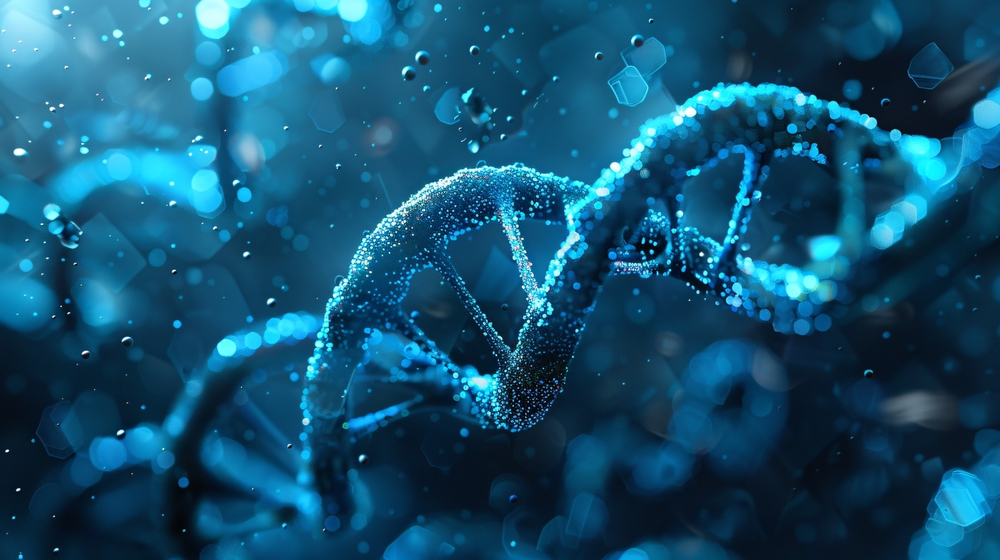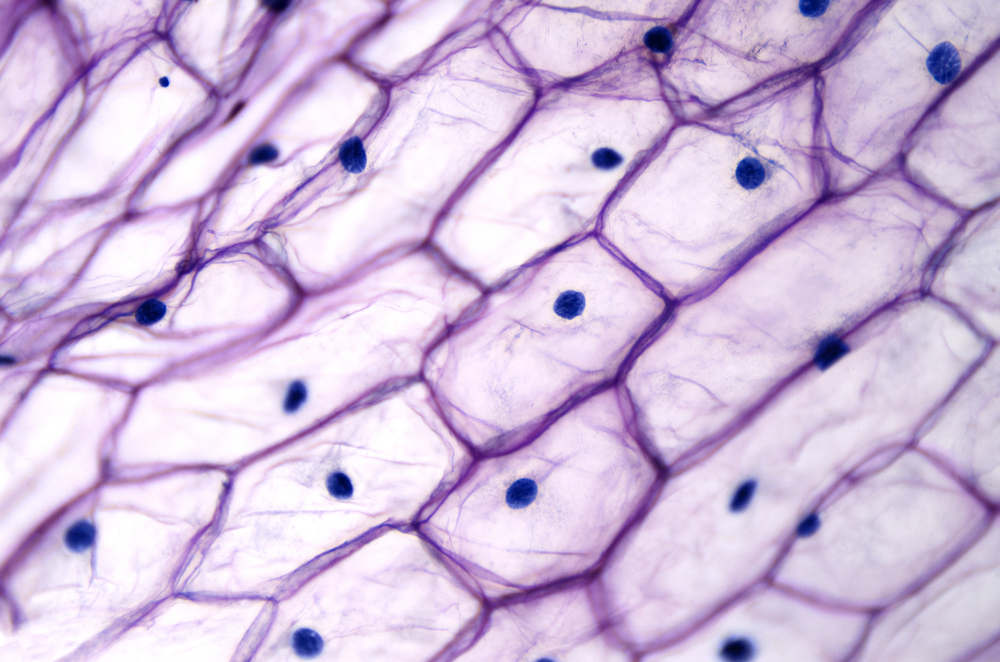Scientists Uncover the Body’s “Mortality Timer” — A Breakthrough Discovery That Could Slow Aging and Extend Human Lifespan
Last updated on
Deep inside every cell in your body lies a microscopic structure that scientists have just discovered acts as a countdown timer to death. When this tiny component reaches a specific size, it triggers a cascade of events that leads inevitably to cellular destruction and aging. But here’s the remarkable part: researchers have found a way to reset this timer.
A groundbreaking study from Weill Cornell Medicine has identified what they’re calling a “mortality timer” – a cellular mechanism that could revolutionize how we approach aging and age-related diseases. Unlike previous aging research that focused on symptoms and consequences, this discovery targets the fundamental biological process that determines when cells die.
What makes this finding particularly exciting is its universality. From the humble yeast used to make bread and beer to complex human cells, this mortality timer operates according to the same basic principles. Scientists believe they’ve uncovered one of biology’s most fundamental aging mechanisms, hidden in plain sight within structures so small they require powerful microscopes to observe.
The most intriguing part of this timer lies in how easily it can be adjusted to lengthen a cell’s lifespan.
Meet the Nucleolus: Your Cell’s Protein Factory
At the heart of this discovery lies the nucleolus, a dense, spherical structure found within every cell nucleus. Despite being one of the most significant components within the nucleus, it is a component that most people have never heard of. Yet this microscopic factory plays a critical role in keeping us alive.
Nucleoli house ribosomal DNA (rDNA), which contains the genetic instructions for building ribosomes, the cellular machinery responsible for producing every protein our bodies need. Without properly functioning nucleoli, cells cannot produce the proteins necessary for basic biological functions, making these structures essential for life itself.
However, the nucleolus has a fatal flaw. Its ribosomal DNA is extremely fragile due to its repetitive genetic structure, making it one of the most vulnerable parts of our entire genome. When damage occurs to rDNA, it becomes complicated to repair accurately. Failed repairs can trigger chromosomal rearrangements and ultimately lead to cell death.
Scientists have long observed that nucleoli exhibit unusual behavior during aging. Across virtually every species studied, from single-celled yeast to complex mammals like humans, nucleoli consistently expand as organisms age. Conversely, interventions known to extend lifespan, such as calorie restriction, result in smaller nucleoli.
Bigger Isn’t Better When It Comes to Cell Survival

For years, researchers noticed this correlation between nucleolar size and aging, but couldn’t determine whether size changes were a cause or merely a consequence of the aging process. Dr. Jessica Tyler and her team at Weill Cornell Medicine decided to find out by creating an ingenious experiment.
Working with yeast cells, chosen because their cellular machinery closely resembles that of human cells, the researchers engineered an artificial system to control nucleolar size. They developed a method to tether ribosomal DNA to the nuclear membrane, giving them unprecedented control over when the nucleolus remained compact and when it expanded.
“The advantage of our system is that we could isolate the nucleolus size from all of the other effects of anti-aging strategies,” explained Dr. J. Ignacio Gutierrez, the study’s first author.
Results proved remarkable. Simply keeping nucleoli small was sufficient to delay aging to approximately the same extent as calorie restriction, one of the most well-established methods for extending lifespan. For the first time, scientists had isolated a single structural factor that could dramatically influence cellular longevity.
Scientists Create Cellular Youth Fountain Using Yeast

The artificial tethering system created what amounted to a cellular fountain of youth. By preventing nucleolar expansion, researchers could extend the lifespan of yeast cells without affecting other cellular processes that typically accompany anti-aging interventions.
Previous research into calorie restriction and other longevity treatments had struggled with a fundamental problem. These interventions affect multiple cellular pathways simultaneously, making it impossible to determine which changes drive lifespan extension. Dr. Tyler’s approach solved this puzzle by targeting a single, specific factor.
When nucleoli remained compact through artificial tethering, cells aged more slowly and lived longer; when the tethering was removed and nucleoli were allowed to expand naturally, cells resumed their standard aging patterns. This provided definitive proof that nucleolar size directly controls cellular aging rather than simply correlating with it.
Death Timer Doesn’t Tick Steadily – It Suddenly Accelerates

Perhaps the most surprising discovery was the behavior of nucleoli throughout a cell’s lifespan. Researchers expected to find steady, gradual expansion as cells aged. Instead, they observed something far more dramatic and ominous.
For most of their lives, yeast cells maintained relatively small nucleoli with only modest size increases. However, once nucleoli reached a specific size threshold, they suddenly began expanding rapidly and dramatically. This rapid growth phase marked the beginning of the end for these cells.
“When we saw it wasn’t a linear size increase, we knew something really important was happening,” said Dr. Gutierrez. After crossing this critical threshold, cells survived an average of only five more divisions before dying.
This non-linear growth pattern suggests that nucleolar expansion represents more than gradual deterioration. It indicates a fundamental shift in cellular biology that triggers inevitable cell death. Scientists now refer to this threshold as a “mortality timer” because crossing it starts an irreversible countdown to cellular destruction.
When Cells Get Leaky, Death Follows Quickly
What happens when nucleoli expand beyond their critical threshold? The answer reveals why size matters so much for cellular survival. Prominent nucleoli lose their ability to maintain proper boundaries, becoming “leaky” and allowing entry of proteins and other molecules that should be excluded.
Under normal conditions, nucleoli function as specialized compartments that separate specific biological reactions, allowing them to work efficiently. When structural integrity breaks down due to excessive size, this careful organization collapses. Proteins that typically remain outside the nucleolus can enter and cause havoc with the fragile ribosomal DNA inside.
“The whole point of condensates is to separate biological reactions to help them work efficiently, but now when you have other proteins coming into the nucleolus, it leads to genome instability, which triggers the end of the lifespan,” Dr. Tyler explained.
Among the invading proteins is Rad52, which typically facilitates DNA repair through homologous recombination. However, when Rad52 enters the nucleolus inappropriately, it triggers aberrant recombination events that destabilize ribosomal DNA. This leads to catastrophic genome instability and rapid cellular death.
From Bread Yeast to Human Cells: Universal Aging Mechanism

While yeast might seem like an unlikely model for human aging, these simple organisms share remarkably similar cellular machinery with humans. Many fundamental biological processes discovered in yeast have proven applicable to human cells, making these findings potentially relevant for human longevity research.
The researchers’ next step involves testing their mortality timer hypothesis in human stem cells. Stem cells are vital because they possess the unique ability to differentiate into various cell types and replace other cells as they die. Understanding how to extend stem cell lifespan could have profound implications for regenerative medicine and healthy aging.
“I was excited that we could connect the structure of the nucleolus with the repair process in a way that could be conserved from yeast to humans,” noted Dr. Gutierrez.
If the mortality timer operates similarly in human cells, it could explain many aspects of human aging and age-related disease. More importantly, it might provide targets for interventions that could slow aging and extend healthy lifespan in humans.
Calorie Restriction Mystery Finally Gets Scientific Explanation
For decades, scientists have known that calorie restriction extends lifespan across numerous species, but the mechanism behind this effect remained mysterious. Calorie restriction affects so many cellular processes simultaneously that identifying the specific changes responsible for longevity benefits proved nearly impossible.
The discovery of nucleolar size provides a unifying explanation for the anti-aging effects of calorie restriction. By keeping nucleoli small, calorie restriction may prevent the cellular deterioration that leads to aging and death. This insight could lead to treatments that provide the benefits of calorie restriction without requiring people to reduce their food intake drastically.
Understanding this mechanism also opens possibilities for developing supplements or therapies that specifically target nucleolar size. Rather than treating individual age-related diseases separately, such interventions could address the underlying aging process that makes these diseases more likely to occur.
What This Means for Future Anti-Aging Treatments

“Aging is the highest risk factor for these diseases,” explains Dr. Tyler. “Rather than treating each disease separately, a better approach would be to develop a therapeutic or supplement that will delay the onset of diseases by preventing the underlying molecular defects that cause them.”
The nucleolar mortality timer represents exactly this type of fundamental target. By maintaining nucleolar integrity and preventing excessive expansion, future treatments might delay aging and reduce the risk of multiple age-related conditions simultaneously.
Such approaches could prove more effective than current strategies that focus on individual diseases like cancer, heart disease, or neurodegeneration. Instead of waiting for these conditions to develop and then treating them, nucleolar-targeted therapies might prevent the cellular deterioration that makes them more likely in the first place.
Research into nucleolar manipulation is still in early stages, but the potential applications are enormous. Scientists envision treatments that could maintain cellular youth by keeping nucleoli small and functional throughout extended lifespans.
Aging Research Gets Microscopic Focus for Maximum Impact
This discovery marks a shift in aging research toward understanding the fundamental cellular mechanisms underlying aging, rather than merely observing its consequences. By identifying specific structures and size thresholds that determine cellular lifespan, scientists can develop more targeted and effective interventions.
The mortality timer concept also provides a new framework for evaluating anti-aging treatments. Rather than waiting years or decades to measure the effects on lifespan, researchers can assess the effectiveness of interventions by monitoring nucleolar size changes over much shorter timeframes.
As our understanding of cellular aging mechanisms improves, the prospect of significantly extending human healthspan becomes increasingly realistic. The nucleolus may be tiny, but its impact on longevity could prove enormous. Sometimes the most significant discoveries do come in the smallest packages.
Some of the links I post on this site are affiliate links. If you go through them to make a purchase, I will earn a small commission (at no additional cost to you). However, note that I’m recommending these products because of their quality and that I have good experience using them, not because of the commission to be made.

































 JOIN OVER
JOIN OVER
Comments